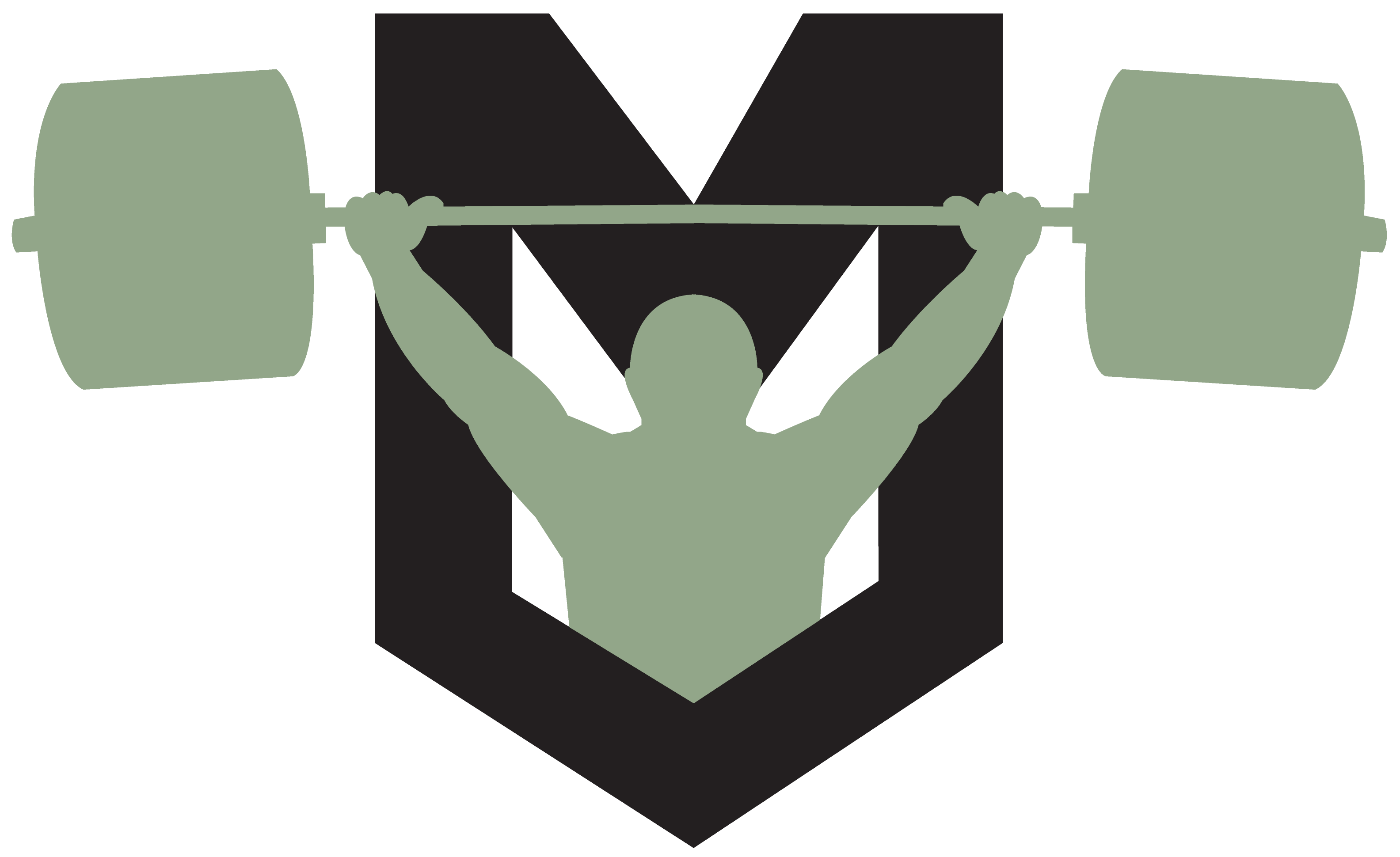‘==============================================
Check out The “Eat What You Want” E-Book to understand nutrition better. With a built-in Macro Calculator, you will have all the tools necessary to getting your nutrition in check.
Check them out here: ⇒ “Eat What You Want”
==============================================
From Sugarcane to Sugar
by Mash Mafia’s own Jacky Bigger, M.S.
I’ve been slowly making my way through the book “The Science of Skinny” By Dee McCaffrey and in the book is an ENTIRE chapter all about the different types of sugars and sweeteners. This chapter really peaked my interest so I figured I’d take the time to write up a quick summary of some things I learned from the book. Keep in mind, that this is just one woman’s view point of sugars and sweeteners, much of which is backed up by scientific studies. However, as always, in science there is contradictory data everywhere!
She begins the chapter by discussing the extensive refinement process that sugar, as we know it, goes through before being put into our food and on our grocery store shelves. Sugarcane in it’s natural form is a plant that looks very similar to a bamboo plant. In it’s natural form sugarcane, like all plants is filled with vitamins, minerals and fibers. Sugarcane is actually a very nutritious food when eaten in its natural form. However, the refinement of sugarcane removes all of these awesome nutrients, leaving it a substance void of all nutritional value. I’ll give you a VERY abbreviated summary of how sugar is processed.

There are two stages of sugarcane refinement. First, they take the sugar cane and press the juices out using large rollers. The fibrous stalks from the sugarcane plant are used as fuel to boil the water and the juice is collected in large vats. The sugarcane stalks that are used for the refinement process have not been washed leaving the juice “dirty”. Therefore, it needs to be cleaned. To clean the juice, it is treated with calcium hydroxide, which is commonly known as salked lime. This is a nontoxic chalky powder that is used in sewage and water treatment. After the treatment, the juice is then heated, so that most of the water evaporates leaving a dark, thick syrup, which still has most of it’s nutrients. To remove the rest of they water, they then boil the syrup. This boiling destroys some of the plants nutrients.
They then add tiny microscopic crystals to the syrup to initiate crystallization. Once the crystallization is finished they remove the crystals from the syrup. The crystals are spun in a centrifuge to rid them of all the access syrup that clings to them, again, ridding them of even more of it’s nutrients. The crystals are dried and are now in the form of raw sugar (Not to be confused with “Sugar in the Raw”). This raw sugar has some of it’s nutrients still remaining in it’s outer coating, while the interior is pure sucrose.
The second stage of the processing is where raw sugar is “clean up, or “purified”. It is 1st mixed with a heavy syrup and heated so that it’s outer coating dissolves and is removed. Remember, this outer coating is where the last bit of the nutrients remained. To further ensure that any impurities that may be inside the crystal are removed they are dissolved even further into a syrup. The syrup is treated by adding the salked lime along with phosphoric acid, which react to form calcium phosphate. The calcium phosphate entraps and absorbs any “impurities”. Other chemicals are added as well in order for the chemical reaction to remain stable. The clarified syrup is then decolorized by filtering it through charcoal filters, many refineries use charcoal from the bones of dead animals. Lastly the syrup is recrystallized, into the white sugar crystals that we are all familiar with.
After this extensive refinement process, there is VERY little of the original plant, sugarcane, even left. This “sugar” that started off as a beautiful, nutritious food, has now been so heavily processed, that in my eyes, it is no longer a food, but rather, a substance. Raw Sugar cane is only 15% sucrose; however the remaining refined sugar is 99.8% pure sucrose. This is where the term “empty calories” comes from. Calories, with no nutritional value. Think about that before filling your macro nutrient allowance up with so many sugars and processed foods.
This information I’ve just shared with you above, is just the beginning of a long chapter on sweeteners. I can’t wait to share more with you in the future!
==============================================
Check out one of the Eat What You Want Online Teams:
• Eat What You Want (Everything Needed to Perfect Your Nutrition)
• Eat and Lift What You Want (Get Your Nutrition and Your Workout Perfected)
Check them out here: ⇒ ‘Team Eat and Lift What You Want’
=================================================
About Jacky-
Jacky is the lead coach for the Mash Mafia Online Team. She is also one of the top Weightlifters on the National Team. Along with her Master’s Degree in Exercise Science and experienced being coached by Coach Mash and Coach McCauley, that makes her one of the best coaches in the business.

